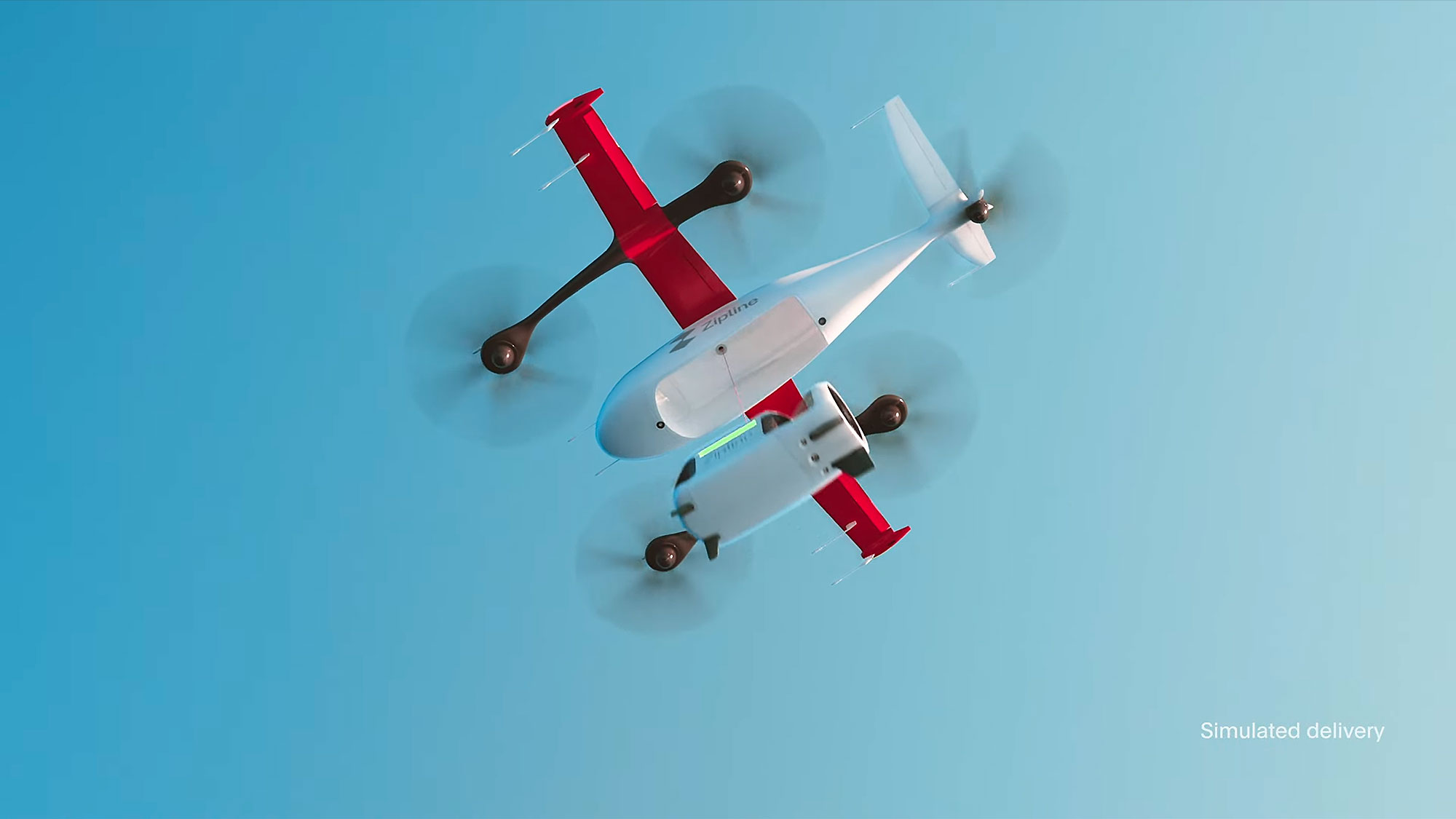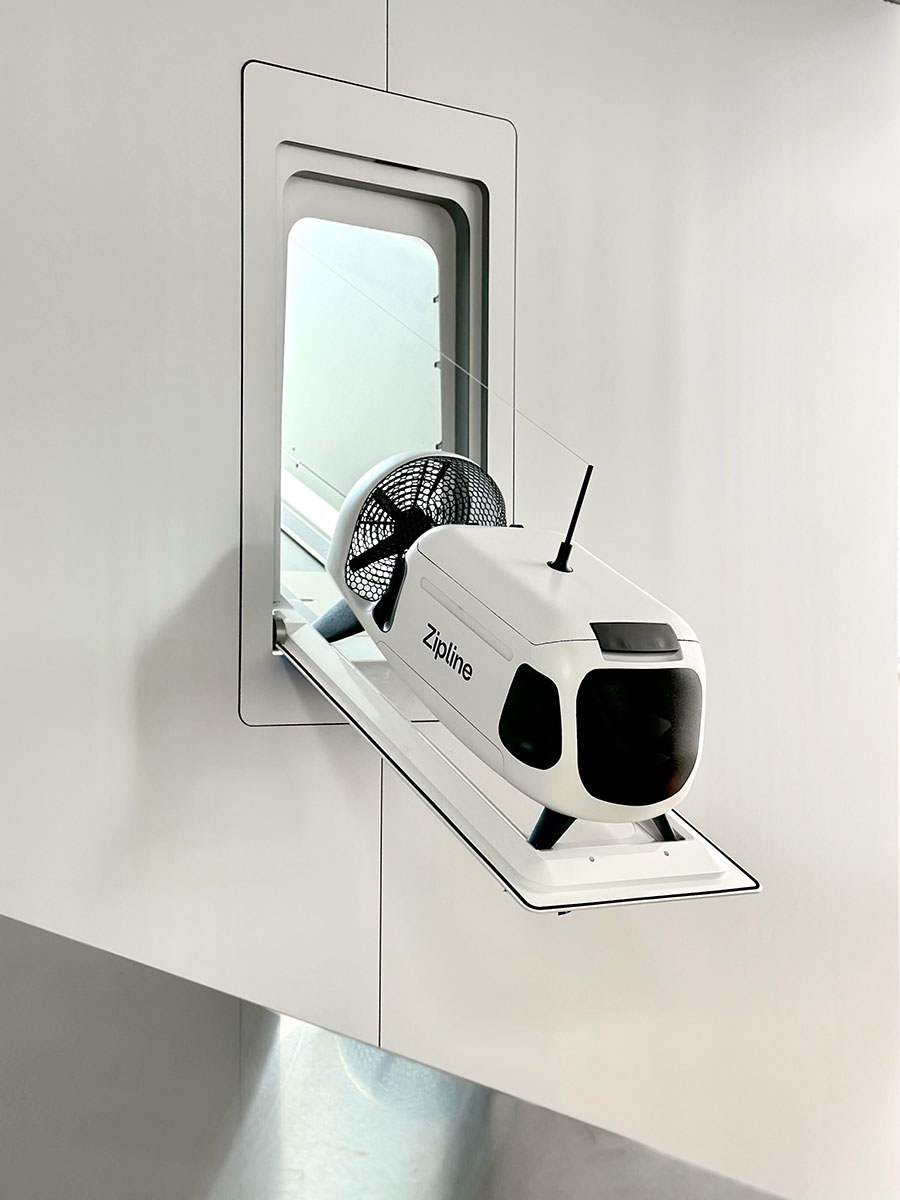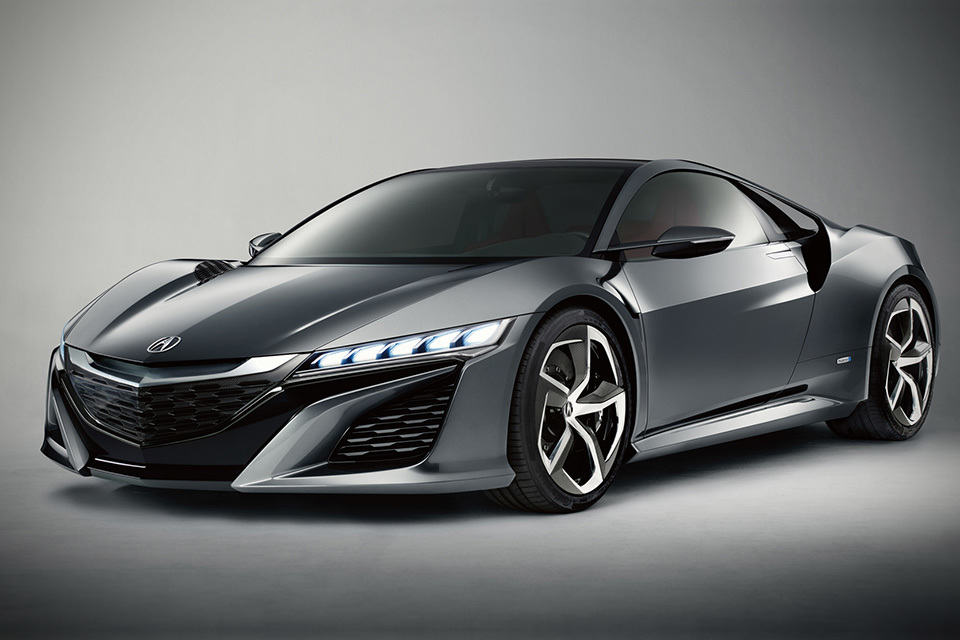While Amazon is just getting into actual deliveries using drones after years of development, testing, and trialing, one little-known company has been doing this for years since 2016. The company is called Zipline. Don’t ask how we did not feature it back when it started. I thought we did too.

Anyways, Zipline began as a catapult launch drone delivery system that is used to deliver medical supplies and blood packs in Rwanda. Now, it is serving 30 million people across multiple African countries, in Japan, and several locations in the U.S., and delivers beyond medical supplies to include e-commerce products.
However, while Walmart’s distribution center in Arkansas is already using Zipline to deliver products to its customers, Zipline’s system has limitations in accuracy when para-dropping the cargo. That’s right. The current method is para-dropping which is not the most accurate and cannot serve customers with a smaller yard or customers who have no yard at all.
Enters the Zipline Platform 2 Delivery Drone System, a new drone delivery system designed from the ground up as a home delivery drone to enable drone delivery accessible to every home. Unlike Platform 1, this new platform does not para-drop cargo from the skies. It is a two-part system that includes a new P2 Zip VTOL autonomous drone and a tethered droid, which is also autonomous.

The P2 Zip has a 10-mile (16 km) service radius and can fly up to 24 miles (38 km) in one trip, and at up to 70 mph (112 km/h). It has a payload of up to 8 lbs (3.6 kg).
When the Zipline reached its destination, it lowers down a droid to exactly where the customers have chosen, be it on a table in a small backyard, the courtyard of a building, or the porch. The droid has onboard sensors which work with its rotors (yes, the droid is outfitted with its own rotors), and it is able to adjust its approach ensuring it lands on the exact spot. After which, the cargo hatch on its belly will open to unload the package. The sensors and rotors afford it to deal with high winds too.
Meanwhile, the Zip hovers up high in the sky – at over 300 feet (91 meters) – and people on the ground can barely hear that it is there. The only limitation here is the size of the cargo but that’s precisely what it is made for, to reduce CO2 emission when delivering small packages. Another boon is obvious: quick delivery after an order is made.

Actually, there is another part to Platform 2 and that’s the dock. The dock is where the Zip will, well, dock to lower the droid into the loading portal where inside workers await to load it up with orders. The dock will recharge the Zip while it waits for the droid to be loaded. Once the droid is loaded, it will be winched up by the Zip and set off for its delivery.
There is no doubt that this is a super futuristic drone home delivery system but I am sure there are many things to iron out before it is able to see actual implementation. That said, Zipline will conduct high-volume flight tests for P2 and is planning to pull off over 10,000 test flights using around 100 P2 aircraft. The company anticipates that it will deploy its first customer pilot shortly after that BY early next year.
It is worth noting that each P2 Zip is armed with Zipline’s Detect and Avoid (DAA) technology which is an autonomous airspace deconfliction tool that has gotten nod approval in the U.S.



Images: Zipline.



